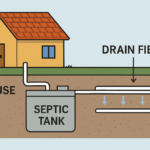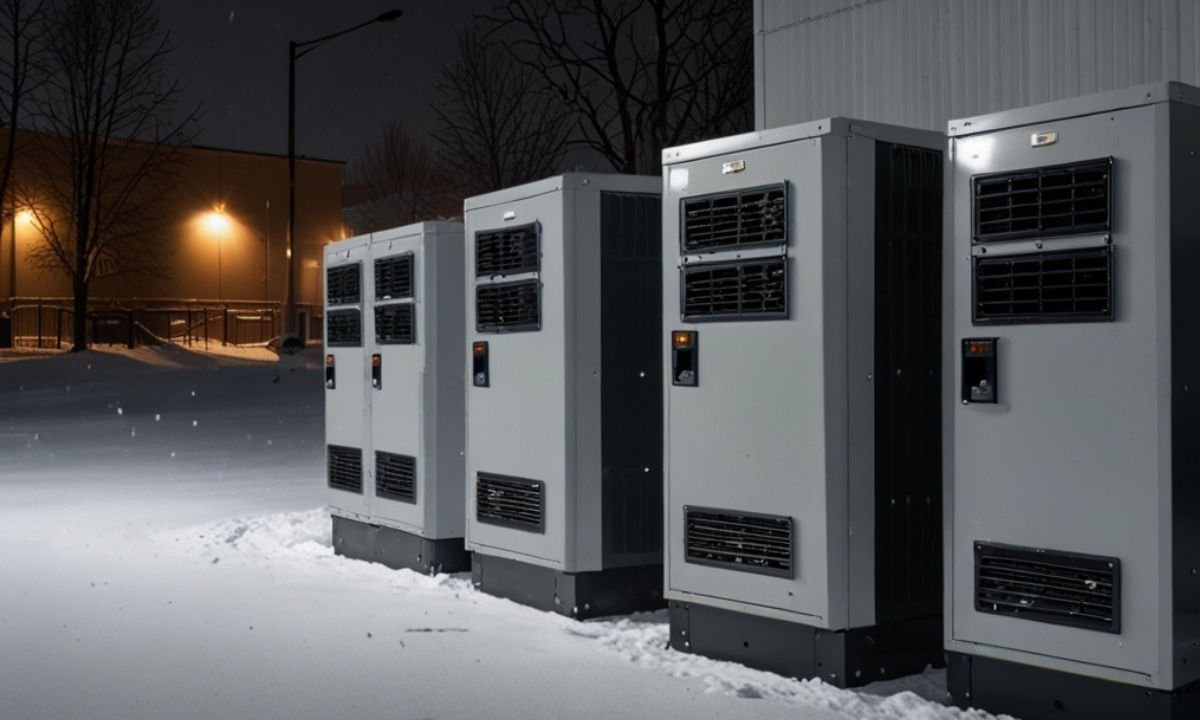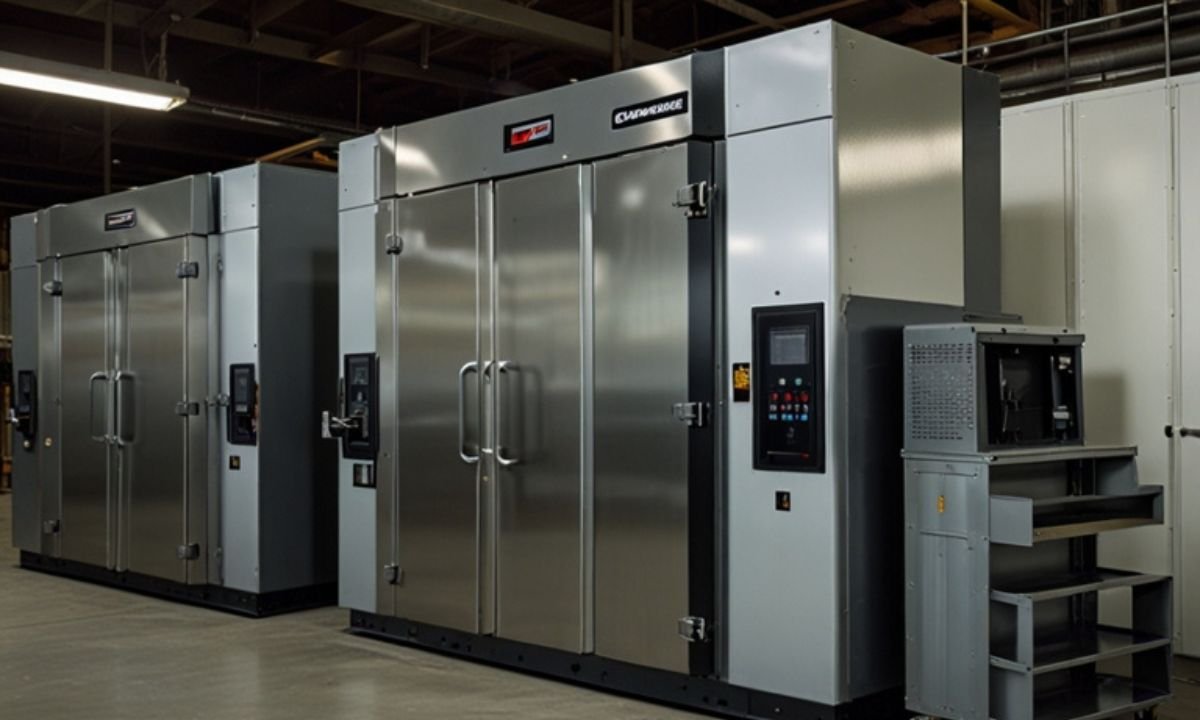In today’s rapidly evolving energy landscape, reliable backup power is no longer a luxury—it’s a necessity. When extreme weather like heavy snowfall disrupts standard power grids, knowing how to effectively locate uninterruptible power supplies (UPS) becomes critical. In this article, we dive deep into the realm of UPS systems, with a special focus on snowbreak locate uninterruptible power supply strategies that ensure your systems remain operational even under the harshest conditions.
Introduction
Imagine a winter storm blanketing your area in snow, causing power outages that can cripple business operations or essential services. Statistics show that outages during extreme weather can cost businesses millions annually. UPS systems are at the forefront of mitigating these challenges, ensuring that critical systems remain online when you need them most. This guide is designed to provide actionable insights, data-driven analysis, and detailed strategies for locating and managing UPS solutions in snow-prone environments.
Below is an overview of the key aspects covered in this article:
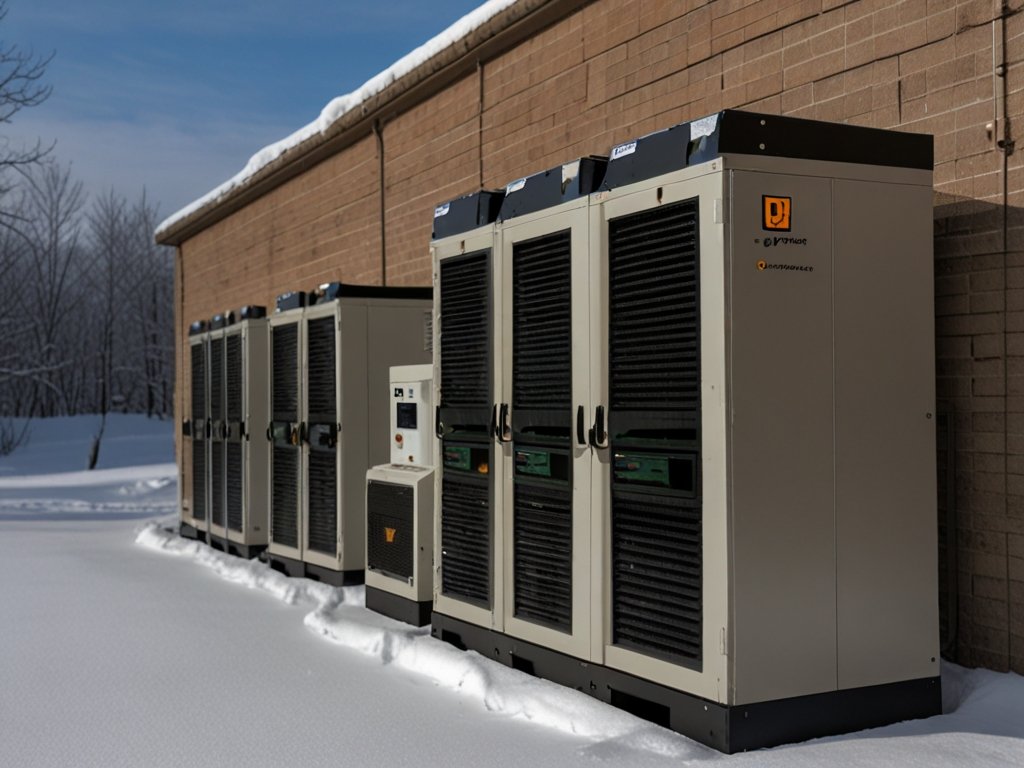
| Aspect | Details | Benefit |
|---|---|---|
| Understanding UPS Systems | Definition, function, and importance of UPS systems | Ensures continuous operation |
| Snowbreak Challenges | Unique issues posed by snow and extreme weather on power systems | Minimizes downtime and damages |
| Modern UPS Trends | Latest technologies and innovations in backup power systems | Increased efficiency and smart management |
| Future Predictions | Emerging trends and potential future advancements in UPS solutions | Future-proofing your infrastructure |
| Actionable Strategies | Step-by-step insights on locating and managing UPS systems in adverse conditions | Optimized deployment and maintenance |
Understanding Uninterruptible Power Supplies
What is a UPS?
An uninterruptible power supply (UPS) is a device designed to provide backup power during outages. In environments where extreme weather conditions like heavy snowfall can disrupt the main power grid, a UPS becomes indispensable. It not only offers immediate power backup but also protects sensitive electronic equipment from voltage fluctuations.
How UPS Systems Work
At its core, a UPS converts incoming AC power into DC power to charge its batteries. When the primary power source fails, the stored energy is converted back into AC power to keep your systems running seamlessly. This cycle is crucial, especially in snow-prone areas where power interruptions are common.
Benefits of Deploying UPS in Snowbreak Conditions
- Continuity: Maintains operations during power disruptions.
- Protection: Shields sensitive electronics from sudden power surges.
- Efficiency: Provides a buffer while backup generators or alternative power sources kick in.
Integrating a UPS into your infrastructure, particularly when implementing a snowbreak locate uninterruptible power supply strategy, ensures you’re prepared for unexpected outages and adverse weather conditions.
Snowbreak Challenges and UPS Placement
Environmental Challenges
Snow and ice create unique challenges that go beyond typical power interruptions:
- Temperature Extremes: Cold weather can reduce battery efficiency.
- Moisture and Condensation: Exposure to snow can lead to moisture ingress, which may damage sensitive components.
- Accessibility: Heavy snowfall can obstruct access to critical infrastructure, complicating routine checks and maintenance.
Strategic Placement of UPS Systems
To overcome these challenges, we recommend:
- Indoor Installation: Whenever possible, install UPS systems in climate-controlled environments.
- Protective Enclosures: Use weather-resistant enclosures that shield the UPS from snow and moisture.
- Proximity to Critical Loads: Ensure that the UPS is located close to the essential equipment it supports.
By focusing on snowbreak locate uninterruptible power supply strategies, organizations can safeguard their operations against environmental challenges, ensuring that backup systems are both accessible and reliable when needed.
Modern Trends in UPS Technology
Advanced Battery Management Systems
Recent innovations in UPS technology have introduced sophisticated battery management systems that monitor and optimize performance. These systems:
- Predict Battery Health: Using real-time data, they alert maintenance teams to potential issues before failure.
- Enhance Efficiency: Optimize charging cycles to extend battery life, especially in cold climates.
Integration with IoT and Smart Grids
The future of UPS systems lies in their integration with smart technology:
- Real-Time Monitoring: Internet of Things (IoT) devices can provide continuous updates on UPS performance.
- Automated Alerts: Smart grids can automatically trigger alerts and even switch power sources when an outage is detected.
- Data-Driven Decisions: Enhanced analytics allow for predictive maintenance and better resource allocation.
Sustainable and Energy-Efficient Solutions
Manufacturers are now focusing on eco-friendly designs:
- Green Batteries: Using environmentally friendly materials that offer longer lifespans and reduce hazardous waste.
- Energy Recovery Systems: Innovations that allow UPS systems to recycle energy, boosting overall efficiency.
These trends not only improve the functionality of snowbreak locate uninterruptible power supply systems but also ensure they are future-proofed for evolving energy landscapes.
Future Trends & Predictions
Enhanced Battery Technologies
We anticipate significant advancements in battery technology:
- Solid-State Batteries: Promising greater energy density and improved performance in low temperatures.
- Rapid Charging Solutions: Innovations that reduce downtime during charging cycles, crucial for maintaining continuous power in snowy conditions.
Increased Automation and AI Integration
Artificial Intelligence (AI) is set to revolutionize UPS management:
- Predictive Analytics: AI-driven systems can predict potential failures and suggest optimal replacement schedules.
- Automated Load Balancing: Smart systems can dynamically adjust load distribution to prevent overload and extend battery life.
Modular and Scalable Systems
Future UPS solutions will likely be more modular:
- Scalability: Modular designs allow for easy upgrades and expansion as energy demands grow.
- Flexibility: Customizable configurations can be tailored to specific environmental challenges, including those found in heavy snow conditions.
By staying ahead of these trends, businesses can ensure that their snowbreak locate uninterruptible power supply strategies remain robust and effective.
Actionable Insights for Managing UPS Systems in Snowbreak Conditions
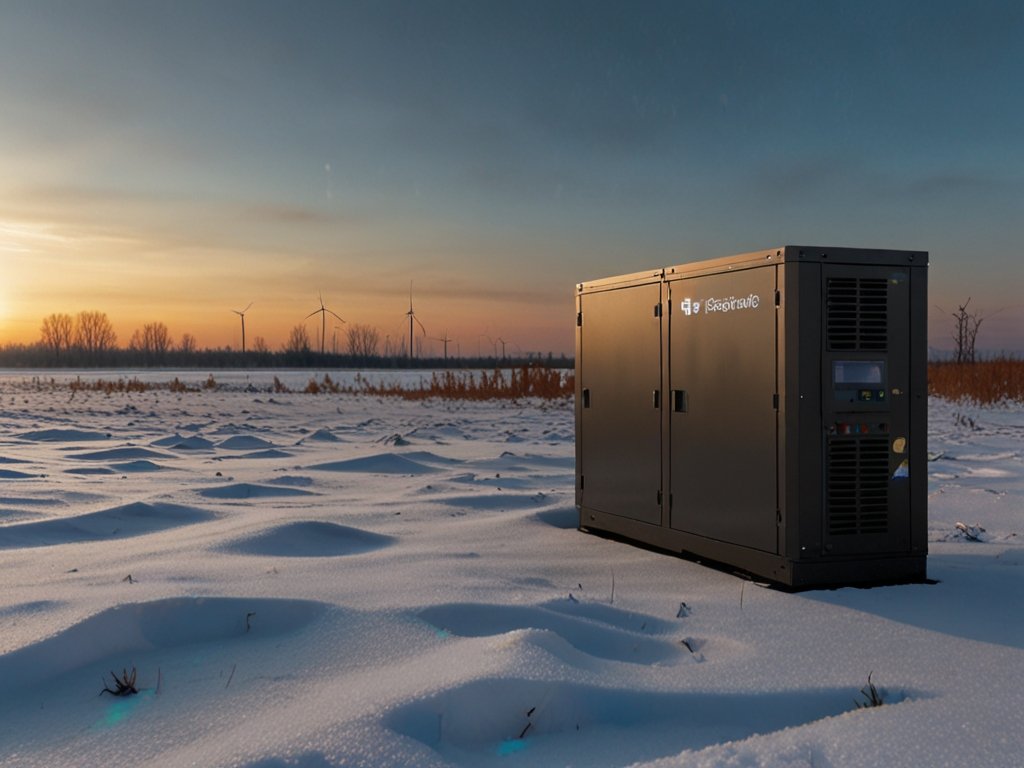
Here are some step-by-step strategies to ensure your UPS system performs optimally during extreme weather:
- Regular Maintenance Checks:
- Schedule routine inspections, especially before the winter season.
- Test battery performance under simulated cold conditions.
- Keep detailed maintenance logs.
- Implement Protective Measures:
- Install UPS systems in indoor or climate-controlled environments.
- Use specialized enclosures to shield against moisture and ice.
- Ensure proper insulation around critical components.
- Leverage Technology:
- Integrate IoT sensors for real-time monitoring.
- Utilize AI-driven analytics for predictive maintenance.
- Adopt smart grid technologies for automated alerts and load balancing.
- Training and Preparedness:
- Conduct regular training sessions for maintenance teams.
- Develop comprehensive emergency response plans.
- Stay updated with the latest industry standards and best practices.
- Invest in Quality Equipment:
- Choose UPS systems known for reliability and performance in extreme conditions.
- Evaluate vendors based on their track record in harsh environments.
- Consider long-term warranties and service agreements.
By following these actionable insights, you can optimize your approach to snowbreak locate uninterruptible power supply management and safeguard your operations against unexpected outages.
Infographic-Style Quick Takeaways
- Continuous Power: UPS systems ensure critical operations run smoothly during outages.
- Weather-Resistant: Protective enclosures and indoor installations mitigate snow-related risks.
- Smart Integration: IoT and AI enhance system monitoring and predictive maintenance.
- Future-Proofing: Modular designs and advanced battery technologies prepare you for tomorrow’s challenges.
Myth Busting: Common Misconceptions about UPS in Snow Conditions
Myth: UPS systems are ineffective in extremely cold conditions.
Fact: Modern UPS systems are designed with temperature fluctuations in mind, and proper installation indoors or in protective enclosures can mitigate these issues.
Myth: A UPS can run indefinitely during an outage.
Fact: UPS systems provide temporary power until backup generators or other systems take over; hence, they are a stopgap solution rather than a permanent one.
Myth: Maintenance is unnecessary if the UPS is installed in a protected environment.
Fact: Regular maintenance is crucial to ensure the UPS performs optimally, regardless of its installation environment.
Myth: All UPS systems are the same.
Fact: There is a wide variety of UPS systems tailored to different needs, environmental conditions, and performance requirements.
Myth: UPS systems are too costly for small-scale operations.
Fact: With scalable and modular solutions available, even small businesses can implement reliable UPS systems that protect their critical infrastructure.
FAQs
Q: What does “snowbreak locate uninterruptible power supply” mean?
A: It refers to the strategy of identifying and positioning UPS systems in areas where heavy snowfall might disrupt power, ensuring continuous operation during outages.
Q: How can I ensure my UPS system functions properly during winter?
A: Regular maintenance, indoor installation, and using weather-resistant enclosures are key strategies to safeguard your UPS system in snowy conditions.
Q: Are modern UPS systems designed for extreme weather?
A: Yes, advancements in battery technology and smart monitoring systems have made UPS units more resilient, even in harsh weather conditions.
Q: How long can a UPS keep my systems running during a power outage?
A: The duration varies by system size and load, but UPS systems are typically designed to bridge the gap until backup generators or alternative power sources activate.
Q: What are the benefits of integrating IoT with UPS systems?
A: IoT integration provides real-time monitoring, automated alerts, and predictive maintenance capabilities, ensuring the UPS operates efficiently.
Q: How often should UPS systems be inspected in snow-prone areas?
A: We recommend a thorough inspection at least twice a year, ideally before and after the winter season, to ensure optimal performance.
Conclusion
In conclusion, a robust snowbreak locate uninterruptible power supply strategy is essential for maintaining business continuity during harsh weather conditions. By understanding the technology, strategically placing your UPS systems, and leveraging modern innovations like IoT and AI, you can ensure your infrastructure is resilient against unpredictable power disruptions. We hope these insights empower you to take proactive measures and invest in the right backup solutions.



